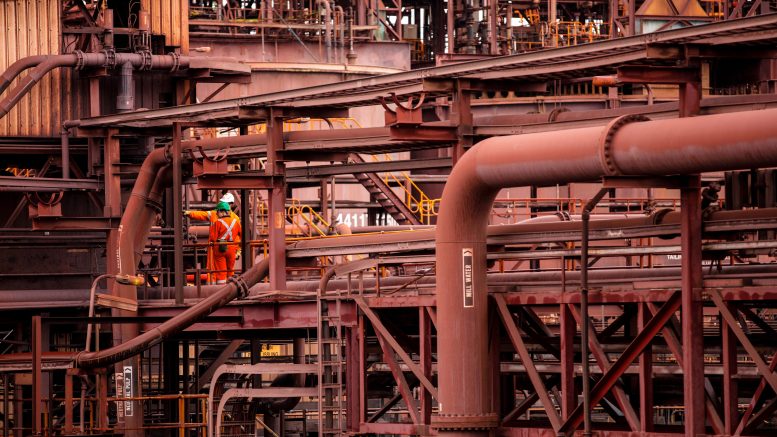Higher commodity prices are not high enough to incentivize new production to come online, as slowing demand from China weighs heavy, especially on copper.
Bank of America recently hosted its metals and mining conference in Miami, which heard that weak near-term demand from China in March and April impacted all six sectors that matter for copper demand. Not a single demand driver expanded year-on-year in April, said BofA in an event report.
“The extent to which China’s authorities are choking off the economy is critical for the mined commodities. Most challenges could reverse relatively quickly if the Zero Covid policy is implemented more pragmatically, potentially supported by stimulus. This remains our base case for 2H22,” said analyst Michael Widmer on behalf of the Global Commodity research team.
According to BofA, against these short-term headwinds, demand should increase in the coming years as the energy transition accelerates and miners struggle to increase supply sufficiently to prevent shortages.
This has been mirrored in a slide from Anglo American (LSE: AAL), highlighting that new technologies’ market share usually proliferates after an initial period of innovation. Rio Tinto (NYSE: RIO; LSE: RIO; ASX: RIO) also highlighted the demand-pull from decarbonization solutions.
“Yet, factoring in material constraints, we see a risk that only 38% of the carbon dioxide emission reductions required for Net Zero 2050 can be achieved by 2030. Even in the most optimistic resources scenario, a residual balance of 15 gigatons of carbon dioxide would remain, implying that the world would be heading towards global warming of 1.7 to 1.8°C, under the current status quo,” said BofA.
To prevent raw material shortages, primary supply expansions are usually the focus. Yet, the significant miners highlight that capex outlays will remain below previous peaks, BofA points out.
“Indeed, capex will just about offset depreciation in the coming years,” says BofA.
That is an issue insofar because capex would need to hit US$160 billion annually in the coming years to realize Net-Zero by 2050.

“Miners are reluctant to invest in new capacity right here, with BHP (NYSE: BHP; ASX: BHP) highlighting a world-class portfolio but also stressing optionality; meanwhile, Alcoa (NYSE: AA) is developing its zero-carbon Elysis technology, which will however not be commercial until 2026.”
All along, the miners who do invest in capacity are facing obstacles. Barrick (TSX: ABX; NYSE: GOLD) is willing to pursue its Reko Diq project in Pakistan, a site that has been idled since 2011 and is located in a non-traditional mining country. Antofagasta (LSE: ANTO) brought up the uncertain political environment in Chile.
Hudbay Minerals (TSX, NYSE: HBM) talked about the roadblock at its Rosemont project, while Glencore (LSE: GLEN) noted that developing a new copper mine now takes 10 years because of ESG.
Anglo American highlighted a few solutions to prevent shortages beyond supply increases, including recycling, thrifting/ substitution, production creep, destocking and demand elasticity.


Be the first to comment on "Higher prices do not incentivize more production: BofA report"